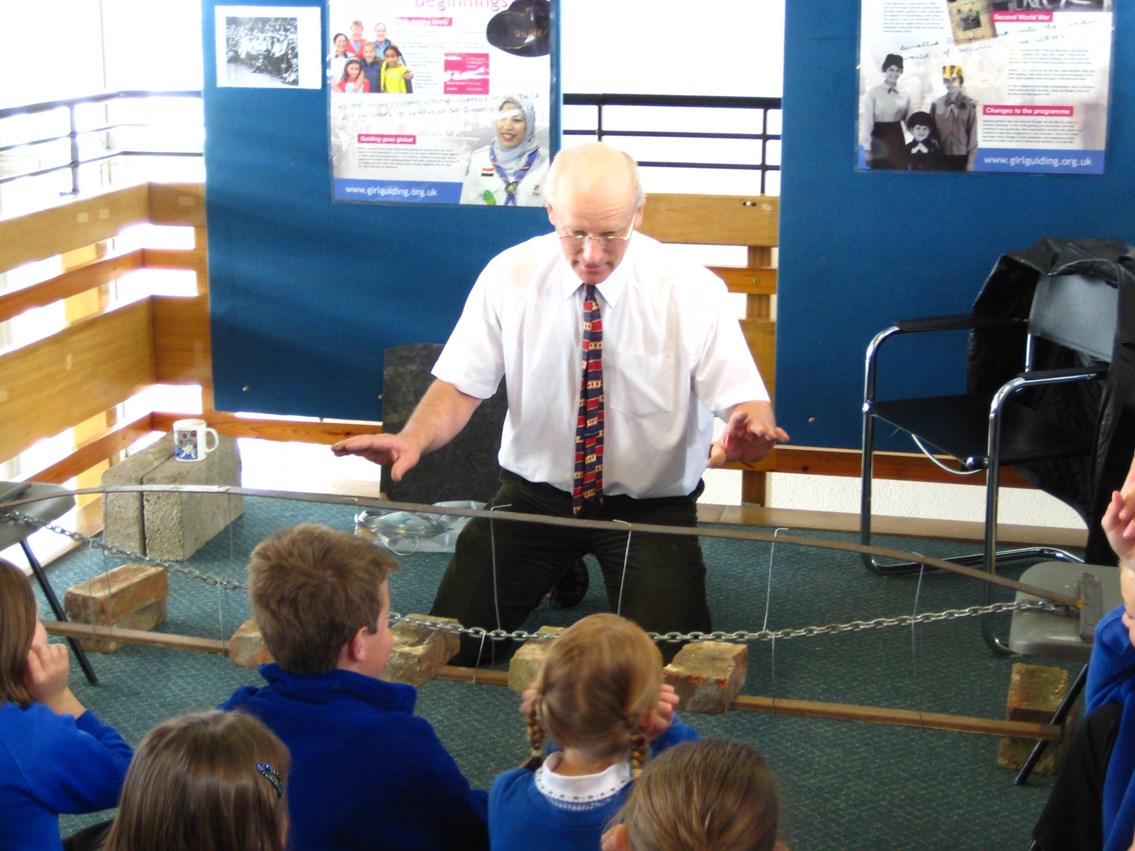Thursday 10 Jun 2010
COUNCILS GIVE THUMBS UP TO ROYAL ALBERT BRIDGE PLANS
- Region & Route:
- Wales & Western: Western
- | Wales & Western
The most complex plan ever to strengthen and refurbish the Royal Albert bridge has been approved by both Plymouth City Council and the Cornwall Council.
Network Rail has received listed building consent from both planning authorities, supporting the company’s plans to improve the Grade 1 listed structure over the next three years.
Around 300 residents attended Network Rail’s two-day exhibition in Saltash in April to share their feedback for the scheme. A final public exhibition will be held in Plymouth on 13 June at the Plymouth Yacht Club. The scheme is also fully supported by English Heritage.
Chris Rayner, route director, Network Rail said: “We are investing in the future of Royal Albert Bridge and we will take every possible steps to engage with residents, protect the environment and preserve our heritage. We are very grateful for the tremendous support from the community, both councils and the English Heritage to help us pursue this plan.”
Graeme Hicks, Cornwall Council cabinet member for Transportation and Highways, said: “This is an historic structure that provides the gateway into Cornwall for millions of people every year. It’s only fitting that such a legendary piece of engineering should be preserved to such high standards and I’m delighted to see this work taking place.”
The 151 year-old structure, which carries a busy mainline that is frequently used by around 30 trains each day, will be strengthened, restored and repainted.
Network Rail plans to start work on site by the end of the year and will soon be tendering for a contractor to implement the scheme.
Corroded elements on the bridge will be repaired and extra efforts will also be taken to restore Brunel's original design, by using special bolts that are similar in design to Victorian rivets.
The Royal Albert bridge will also be re-painted goose grey, which is the colour of the bridge for most of its life since 1911. It is considered to be the most practical and viable long-term solution to help sustain the bridge’s aesthetic for a longer period of time.
All the existing paint on the bridge will be completely stripped away, except for two 1m square patches on each bridge portal. These areas will be preserved for posterity.
Steps will be taken to protect the environment while the work is being carried out. For example, the bridge will be encapsulated to prevent dust and/or paint from escaping and a special extraction system will be created to remove any waste materials without contaminating the surrounding areas.
The improvement work will also be carefully planned to be carried out when trains are not running to minimise any disruptions.
Notes to editors
A total area of 20,000 square metres – about three football pitches – with 30 coats of paint on the main spans will be blast removed before being re-painted over, using a more effective three-coat painting system.
The Royal Albert bridge has been painted on over 20 occasions since it was completed in 1859, but its parapets and main spans were repainted in red-brown for £1,700 in less than a decade.
In 1868, the ‘I K Brunel Engineer 1859’ lettering on the portals of the two main spans were painted at a mere cost of £2.31.
The bridge has carried more than 1 billion tonnes of rail traffic since it was built.
Contact information
Passengers / community members
Network Rail national helpline
03457 11 41 41
Latest travel advice
Please visit National Rail Enquiries
Journalists
Network Rail press office -Western route
MediaRelationsWestern@networkrail.co.uk
About Network Rail
We own, operate and develop Britain's railway infrastructure; that's 20,000 miles of track, 30,000 bridges, tunnels and viaducts and the thousands of signals, level crossings and stations. We run 20 of the UK's largest stations while all the others, over 2,500, are run by the country's train operating companies.
Usually, there are almost five million journeys made in the UK and over 600 freight trains run on the network. People depend on Britain's railway for their daily commute, to visit friends and loved ones and to get them home safe every day. Our role is to deliver a safe and reliable railway, so we carefully manage and deliver thousands of projects every year that form part of the multi-billion pound Railway Upgrade Plan, to grow and expand the nation's railway network to respond to the tremendous growth and demand the railway has experienced - a doubling of passenger journeys over the past 20 years.
Follow us on Twitter: @networkrail
Visit our online newsroom: www.networkrailmediacentre.co.uk

